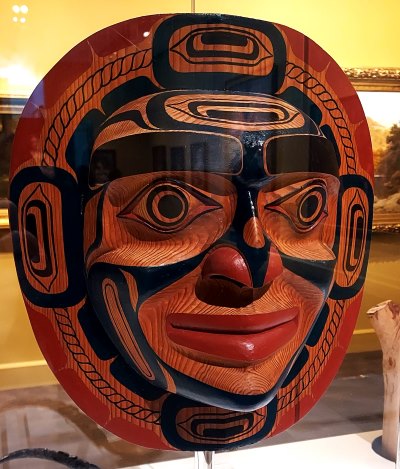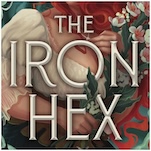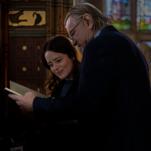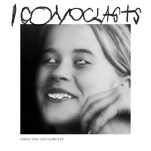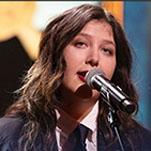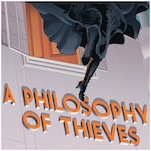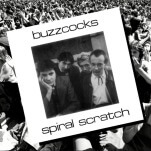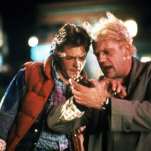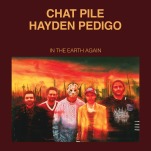Montreal: Like Going Abroad Without Leaving North America
Photos by Geoffrey Himes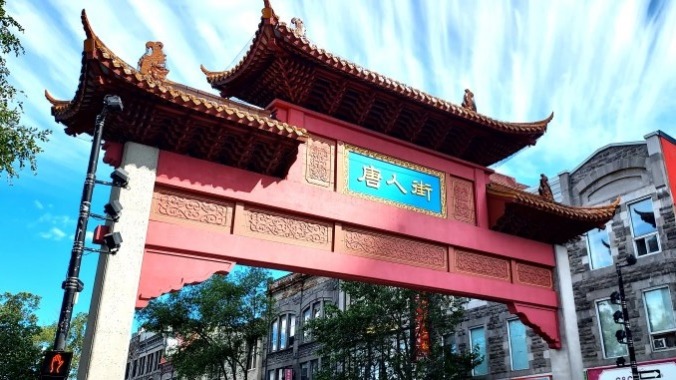
People often refer to New Orleans as the most European city in North America. Montreal and Quebec would beg to differ.
Sure, New Orleans has a good number of businesses with French names, but the conversations you hear on the street are almost always in English (or at least the Louisiana version of English). In Montreal, it’s not just the occasional restaurant sign that’s in French; it’s almost every billboard, conversation and public announcement. You’re swimming in a language where word endings are dropped so every syllable can slide into the next in a slippery stream of sound. Unlike the English-speaking cities of Toronto and Vancouver, Montreal really feels like a foreign country.
Paris may empty out during July and August, but Montreal is crammed full of residents and Quebecois visitors from Canada Day on July 1 through the end of August (fireworks explode over the St. Lawrence River three days before our own Independence Day pyrotechnics). If they were going to leave town, the locals departed in January and February for warmer spots south of the border, only to flock back for the most enjoyable season in this northern city.
Canada has a more humane immigration policy than its neighbor to the South, and Montreal is a dazzlingly diverse city full of not only Francophones from Europe, West Africa and the Caribbean but also Mandarin speakers from China as well as Arabic and Hebrew speakers from the Middle East. This mix is reflected in a vibrant variety of restaurants and shops, musics and fashions.
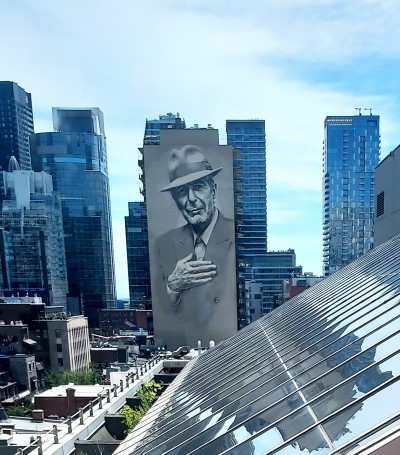
-

-

-

-

-

-

-

-

-

-

-

-

-

-

-

-

-

-

-

-

-

-

-

-

-

-

-

-

-

-

-

-

-

-

-

-

-

-

-

-


